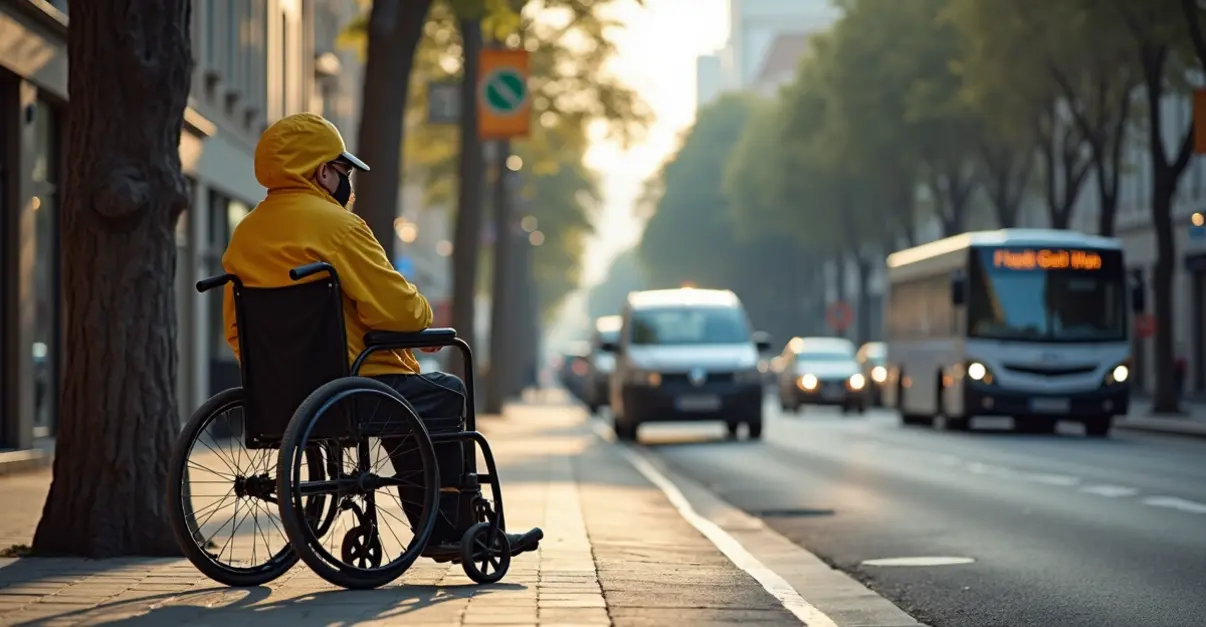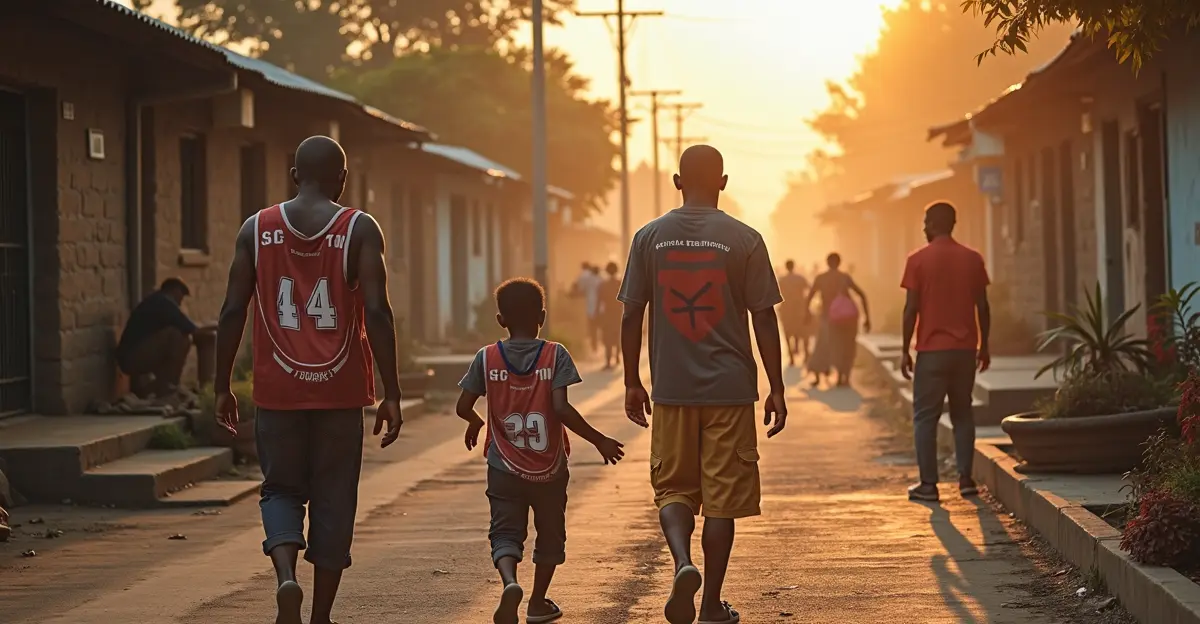Local governments are expanding cooling shelter networks with increased funding, volunteer training, and outreach to protect vulnerable residents during extreme heat events. Programs focus on accessibility and coordination.

Local Authorities Ramp Up Cooling Shelter Operations as Heat Intensifies
As extreme heat events become more frequent and severe across the United States, local governments are significantly expanding their cooling shelter networks to protect vulnerable residents. The expansion includes substantial operational funding increases, comprehensive volunteer training programs, and targeted outreach strategies designed to reach those most at risk during heat emergencies.
Funding and Infrastructure Expansion
Municipalities are allocating unprecedented resources to cooling center operations, with many cities doubling or tripling their budgets for heat response programs. 'We've seen a 200% increase in cooling center funding this year alone,' said Phoenix emergency management director Maria Rodriguez. 'This isn't just about air conditioning - it's about creating safe, accessible spaces where people can survive extreme temperatures.' The funding supports everything from utility costs and facility maintenance to staffing and emergency supplies.
According to the Community Cooling Centers Guide, these facilities leverage existing infrastructure like libraries, senior centers, and places of worship to provide temporary cool shelter during heat emergencies. The approach represents what experts call 'no-regrets actions' - low-cost interventions with substantial social benefits that build community capacity and enhance human health during heat emergencies.
Volunteer Training and Capacity Building
Local authorities are implementing extensive volunteer training programs to ensure cooling shelters operate effectively during heat emergencies. 'Our volunteers are the backbone of our heat response system,' explained Los Angeles social services coordinator David Chen. 'We're training them not just to manage facilities, but to recognize heat-related illnesses, provide basic first aid, and connect people with additional resources.'
The training programs cover critical areas including heat illness recognition, emergency response protocols, cultural sensitivity, and working with vulnerable populations. Many cities are partnering with organizations like the National Alliance to End Homelessness to develop specialized curricula for shelter operations and management.
Targeted Outreach to Vulnerable Populations
Outreach efforts are becoming increasingly sophisticated, with cities using multiple channels to ensure vulnerable residents know about available cooling options. 'We're using everything from social media and text alerts to door-to-door canvassing in high-risk neighborhoods,' said Chicago public health official Sarah Johnson. 'The key is meeting people where they are and making sure they understand the dangers of extreme heat.'
Special attention is being paid to populations most vulnerable to heat-related illnesses, including older adults, people experiencing homelessness, individuals with chronic health conditions, and low-income households without air conditioning. The Heat.gov platform provides critical resources for identifying and reaching these groups during heat emergencies.
Coordination and Future Planning
Local governments are working closely with federal agencies and community organizations to coordinate their heat response efforts. The recent HUD Extreme Heat Playbook provides comprehensive guidance for protecting vulnerable populations during heat emergencies, while federal initiatives like OSHA's proposed heat safety rules and FEMA's grant programs offer additional support.
'This isn't a temporary fix - it's about building long-term resilience,' emphasized Miami-Dade County emergency manager Carlos Mendez. 'We're planning for a future where extreme heat is the new normal, and our cooling shelter networks are just one part of a comprehensive strategy to keep our communities safe.'
As climate change continues to drive more frequent and intense heat waves, the expansion of cooling shelter networks represents a critical lifeline for vulnerable residents across the country. With adequate funding, trained volunteers, and effective outreach, these facilities are becoming essential components of community heat resilience strategies.

 Nederlands
Nederlands
 English
English
 Deutsch
Deutsch
 Français
Français
 Español
Español
 Português
Português









